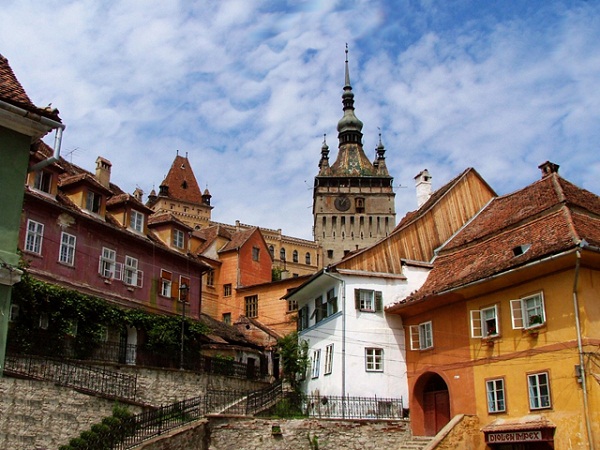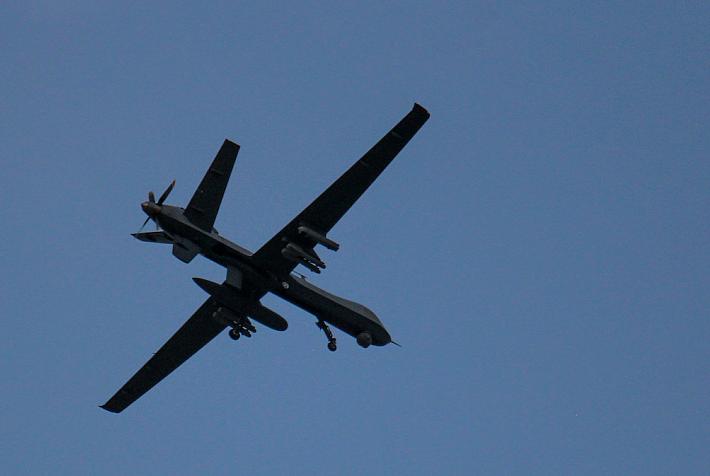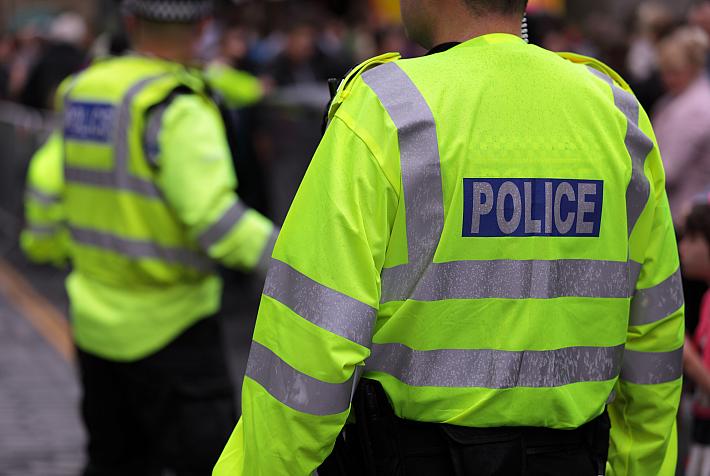Romanian cities: Sighisoara, the medieval citadel where Dracula was born

 This week's travel destination in Romania is Sighişoara, one of the most beautiful and well preserved inhabited citadels in Europe. The city is located in the historic region of Transylvania, on the Târnava Mare River in Mureş county.
This week's travel destination in Romania is Sighişoara, one of the most beautiful and well preserved inhabited citadels in Europe. The city is located in the historic region of Transylvania, on the Târnava Mare River in Mureş county.
By Alina Andriescu
Sighisoara – known to the Germans as “Schäßburg”, to Hungarians as “Segesvár” and also known by the Latin name of “Castrum Sex” - is one of the most beautiful cities and municipalities of Romania, which has also played an important strategic and commercial role in Central Europe for many centuries.
In the 12th century, many German craftsmen and merchants -called Saxons- were summoned here by the King of Hungary to protect this land and defend its frontiers. They dominated the urban economy and built fortifications. Later on, this Saxon settlement has been given the urban status of “Civitas de Segusvara”, becoming a royal centre in 1937.
It was the first region to deal with coins as Wallachian prince Vlad Dracul, the father of Vlad the Impaler- the latter also known in legends as Dracula- lived here in exile and settled coins to be minted in the city, as coinage was the monopoly of the Hungarian Kingdom. He was also the first to refer to the city by its Romanian name of Sighisoara in the documents he wrote about this area. The saying goes Vlad Tepes was born here, but historians still quarrel over whether the story is true.
Like many other towns, Sighisoara suffered military occupation, fires and plagues during the 17th and 18th centuries, but even so, it remained one of the best preserved and beautiful citadels in Europe. Great battles were held nearby, such as the the “Battle of Segesvár“ at Albesti, where on July 31, 1849, the Hungarian army led by Józef Bem was defeated by the Russian army led by Luders. In honour of the Hungarian poet Sándor Petőfi, who was believed to have been killed in the battle, a monument was raised in this area in 1897. Sighisoara became a part of the Romanian Kingdom after World War I, when it no longer belonged to the Austro-Hungarian Kingdom. Today, having still the authentic pattern of medieval architecture, Sighisoara is one of the few fortified towns to be inhabited.
It has been listed by the UNESCO as a World Heritage Site. Every July a Medieval Festival takes place in the old citadel.
The town of Sighisoara is made up of two parts. The medieval stronghold was built on top of a hill and is known as the "Citadel" - Cetate. The lower town lies in the Valley of Târnava Mare River. The houses still highlight features of craftsmen’s work.
It is a city much loved by tourists. Its main attraction is the Clock Tower, a 64 m high tower built in the 13th century. Today it hosts the History Museum.
Sighisoara Citadel is a 12th century Saxon edifice which makes the historic centre of the city. The Weapon Museum is a must see here. Though small, it includes an interesting range of medieval weapons and torture artefacts. The birthplace of Vlad Tepes- or Dracula’s House, as it is known- and Vlad Tepes’s bust stand nearby. The spot also offers a beautiful sight of the Clock Tower.
The Covered Staircase is an old stone staircase with a wooden roof which leads up to the Joseph Haltrich High School, the Church on the Hill and the cemetery. The church on the Hill contains frescoes and a gothic old crypt. It was built on the premises of a Roman stronghold. On the other side of the hill visitors will find one of the Lutheran cemeteries in the city, which contains many German tombstones. Other churches are also to be found: an Orthodox Church located on Tarnava River and a Monastery Church, a Lutheran church in late Gothic style, located next to the Clock Tower which was built in 1291 by the Dominican Order. Visitors can breath history at every corner of the city.
If you plan to visit this city, don't expect to find shopping centres, malls or modern architecture. However, you may find a lot of quality souvenirs all around the city. The city has maintained its medieval style. Although, to the joy of tourists, some modern establishements have been opened: pizza places like Jo or traditional restaurants like Casa Dracula (good soups and traditional Romanian cuisine) Cositorasului Casa, both on Cositorarilor Street or Casa Wagner on Piata Cetatii- “Citadel’s Square”. Hotel Sighisoara restaurant also serves delicious Romanian and international courses in a medieval atmosphere. You can choose several places to spend the night: Apart-Hotel Sighisoara, Nathan's Villa Hostel, Hotel Rex, Burg Hostel, located right in the centre of the medieval citadel, around the corner from the Clock Tower. The rooms have a great view, the prices are good and you will also find a nice basement pub. Right around the Citadel Square you can find Casa Săsească and Casa Legenda “ The Legend House”, Casa cu Cerb “The House with Deer” and Casa Wagner.
Café International and Family Centre, located in the main Square,is an information center you might want to check. Traditionally dressed personnel will guide you. The Café inside serves sweet cakes or sour pies baked locally with organic ingredients. The juice is also organic. Expect high quality food and high prices to measure.
To get to beautiful medieval Sighisoara, direct train connections are available from Bucharest, Cluj-Napoca, Arad, Brasov, and Sibiu. The city can also be reached directly from Budapest, Prague, Vienna, Krakow every day.
alina@romania-insider.com











